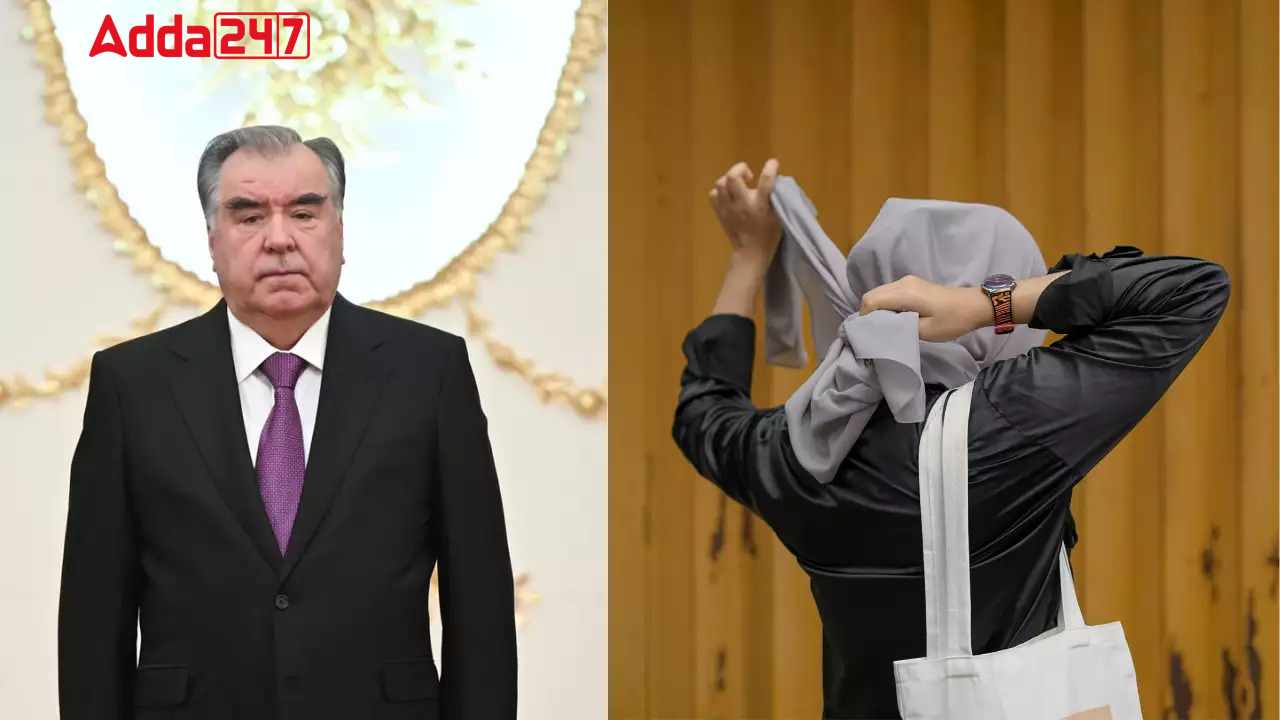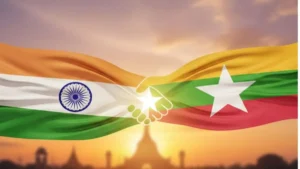On June 19, the upper house of the Tajikistan parliament, Majlisi Milli, passed a law prohibiting “alien garments,” which primarily targets the hijab and other traditional Islamic clothing. The lower chamber, Majlisi Namoyandagon, had passed the bill on May 8. This move has sparked debate among Tajikistan’s predominantly Muslim population in the tightly governed ex-Soviet republic.
Key Provisions and Fines
The law includes significant fines for violations:
- Individuals: Up to 7,920 somonis.
- Companies: Up to 39,500 somonis.
- Government Officials: Up to 54,000 somonis.
- Religious Leaders: Up to 57,600 somonis.
Historical Context and Enforcement
Tajikistan has been unofficially restricting the hijab since 2007. Initially, the Ministry of Education banned Islamic attire and Western-style miniskirts for students, later extending this to all public institutions. Enforcement included special teams and police raids, although officials have denied reports of women being fined for wearing the hijab.
Government’s Position
President Emomali Rahmon has condemned what he terms “xenophobia in clothing,” referring to the wearing of foreign clothes and the hijab. The government has promoted traditional Tajik clothing through campaigns, including a 2018 guidebook detailing appropriate attire.
Impact on Cultural Practices
The new law also bans children’s festivities during Eid al-Fitr and Eid al-Adha, with the stated aim of ensuring proper education and safety. This reflects broader legislative changes concerning holidays, cultural practices, and the role of teachers and parents in children’s upbringing.
Tajikistan : Key Points
Location: Central Asia, neighboring Afghanistan, China, Kyrgyzstan, and Uzbekistan.
Capital: Dushanbe
Official Language: Tajik (a dialect of Persian)
Population: Approximately 9.5 million (as of 2021)
Religion: Predominantly Muslim (Sunni Islam)
Government: Republic
President: Emomali Rahmon (in office since 1994)
Prime Minister: Kokhir Rasulzoda
Geography
Area: 143,100 square kilometers
Terrain: Mostly mountainous, with the Pamir Mountains in the southeast and the Fergana Valley in the north.
Climate: Continental, with hot summers and cold winters.
Economy
Currency: Tajikistani Somoni (TJS)
Major Industries: Aluminum, hydroelectric power, agriculture (cotton, fruits, vegetables), mining (gold, silver, uranium)
GDP: Approximately $8 billion (as of 2020)
Major Trade Partners: Russia, Kazakhstan, Uzbekistan, China
History and Culture
Independence: Gained from the Soviet Union on September 9, 1991.
Cultural Heritage: Influenced by Persian culture and the historical Silk Road.
Traditional Attire: Known for vibrant, colorful patterns, especially in traditional Tajik clothing.
Politics and Society
Political Structure: Presidential republic with a strong executive branch.
Human Rights Issues: Reports of limited political freedoms, media restrictions, and human rights abuses.
Recent Legislation: New law banning hijabs and ‘alien garments’ as part of cultural and security measures.
International Relations
Membership: United Nations, Shanghai Cooperation Organisation, Commonwealth of Independent States, Organisation of Islamic Cooperation.
Border Issues: Ongoing border disputes and tensions with Kyrgyzstan.
Infrastructure
Transport: Developing road and rail networks; Dushanbe International Airport is the main gateway.
Energy: Significant potential for hydroelectric power; Nurek Dam is one of the world’s tallest dams.
Education: Compulsory education up to secondary level; notable institutions include Tajik National University.




 Elon Musk Becomes First Individual to Re...
Elon Musk Becomes First Individual to Re...
 India Delivers Three Quick Impact Projec...
India Delivers Three Quick Impact Projec...
 Operation Hawkeye: US and Jordan Strike ...
Operation Hawkeye: US and Jordan Strike ...







